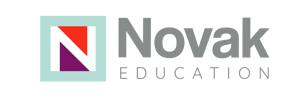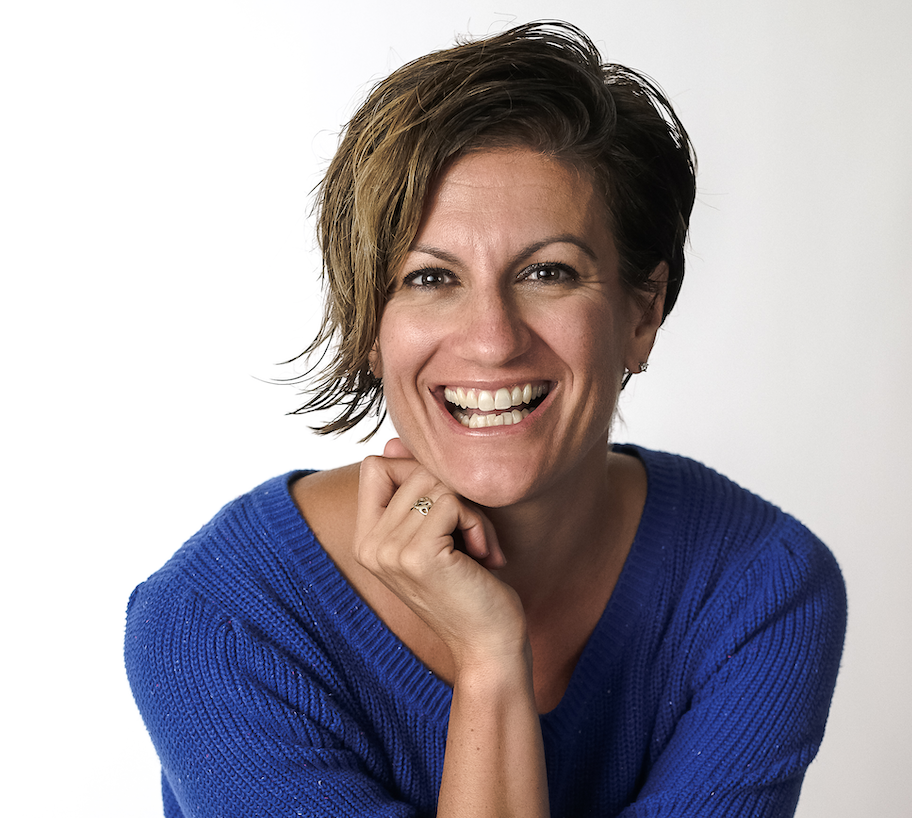In education, we understand the power of a well-designed plan. Whether it’s backward designing a lesson, mapping out a sequence of units, or scheduling interventions, a clear plan—aligned to goals and measured for impact—can transform outcomes. Yet, when it comes to professional development (PD), too often districts focus on outputs, such as counting workshop hours and tracking attendance, instead of outcomes that truly improve teaching and learning.
The good news? Creating a strong professional development (PD) plan with measurable outcomes doesn’t have to be complicated. Below is a three-part blueprint I share with districts that moves PD from “sit and get” to “plan and prove”:
- Set a clear instructional vision and firm, student-centered goals.
- Gather evidence to reveal gaps and track progress.
- Use continuous improvement cycles to align every PD activity with those goals.
Setting an Instructional Vision and Goals
Every effective PD plan starts with a clear instructional vision, an agreed-upon picture of what strong teaching and learning should look like in every classroom. From that vision, it’s essential that districts set clear goals that improve student outcomes. Many districts I work with focus on MTSS or UDL. Both frameworks are evidence-based and critical change ideas, but they’re vehicles, not the destination. The destination is stronger teacher practice that leads to better results for kids.
No vision yet? Worry not! Gather a working group that spans roles, grade levels, and your union leadership to co-create a vision that aligns with district priorities, evaluation tools, and the innovative practices you value.
Once you have a vision, translate it into a handful of concrete “look-fors,” or the observable behaviors you expect to see when the vision comes alive. Suppose the vision highlights universally designed instruction; one look-for might be firm grade-level learning objectives are visible to students, guide instruction, clarify success criteria, and empower ownership of learning (see call-out box).
Next, collect baseline evidence through daily classroom visits (schedule and protect time for at least two walkthroughs every day), surveys, and focus groups to see how often those look-fors appear. Block the visits on your calendar just as you would a meeting; otherwise, the day-to-day whirlwind will consume your time and pull you away from your most important role: instructional leader. After gathering evidence, compare the current reality with your target and concentrate on the two or three gaps that matter most for student success. Finally, sit down with teachers to learn what knowledge, skills, resources, or collaboration they need to close those gaps; their insights keep the work practical and learner-centered.
With that information, craft goals that name the targeted practice, the desired student outcome, and a timeline. For example:
By June 2026, 90 percent of classrooms will open and close every lesson with grade-level learning targets and success criteria that students can recite and use. When we spot-check during walkthroughs, at least three out of four students will be able to explain 1) what they’re learning, 2) why it matters, and 3) how they’ll know they’ve nailed it. That clarity will increase the share of students meeting or exceeding grade-level standards on the district screening assessment by 10 percentage points.
To hit the target - visible learning objectives, clear success criteria, and more students meeting or exceeding standards—PD has to give teachers three things: time to unpack the standards, tools to define “proficiency,” and strategies to assess learning flexibly.
When professional development is scattered across too many initiatives, teachers struggle to gain mastery in any of them. By streamlining efforts and maintaining a consistent focus, districts can ensure teachers have the time and support needed to develop expertise and implement practices that lead to meaningful improvements for students.
Gather Evidence and Access Progress
A well-designed lesson ends with an exit ticket or a quick formative check. PD deserves the same scrutiny. Asking educators if the PD was valuable is super important, but it’s not sufficient, as it doesn’t tell us whether practice changed or kids learned more. Instead, we need evidence that shows impact at every layer of the system. Thomas Guskey’s research provides a five-level tool; think of it as moving from “Was the room too cold?” to “Did student results improve?”
Evaluation Level |
PD Impact |
|
Level 1: Participant reaction |
Quick post-session pulse checks tell you if teachers found the learning relevant. Of course, we want all teachers to find PD valuable, but that’s only the first step. |
|
Level 2: Participant learning |
Use exit slips, reflective prompts, or PLC reflections to confirm that teachers learned new strategies and feel confident in their ability to change practices to better meet the needs of our changing student population. |
|
Level 3: Organizational support and change |
Look at schedules, planning time, and access to instructional coaching. For example, an inflexible master schedule can quickly undercut instructional clarity: when teachers have no shared planning blocks, fragmented class times, or spend their day shuttling between rooms, they lose the time and mental space needed to unpack standards, craft precise learning targets, and agree on common success criteria. Fix it! |
|
Level 4: Application of new knowledge and skills |
Walkthroughs, lesson-plan reviews, and peer observations reveal whether teachers are putting ideas into play. Invite them on instructional rounds so feedback flows both ways. |
|
Level 5: Student outcomes |
The finish line: Are more students engaged, meeting standards, or moving off the D/F list? Analyze assessment data, engagement metrics, and student voice surveys to see if the PD is paying off where it counts. That is the real return on investment. |
Continuous Improvement in Action
Embed these checks directly in your PD calendar. For example, gather Level 2 evidence the same week as a workshop, collect Level 4 data six weeks later, and review Level 5 indicators each quarter. When the evidence says a strategy isn’t positively impacting teacher practice and student outcomes, pivot. When it is working, celebrate the heck out of the outcomes and then double down.
Also - be sure to create a throughline between the PD sessions on your PD calendar and the ongoing support that makes the cycle stick. Quarterly UDL workshops may lay the foundation, but coaching cycles and common-planning blocks help teachers try new moves, instructional rounds spread bright spots, and monthly PLCs let teams dissect student data and troubleshoot barriers together. When every session, coaching visit, and peer observation points back to the same goal, teachers gain real mastery instead of surface familiarity, and student outcomes rise. Continuous improvement turns PD from “sit and get” into “plan, prove, and improve,” which is exactly the point.
When districts take this approach, PD can truly transform teaching and learning. Teachers gain the skills and confidence they need to succeed. Systems shift to support meaningful change. And most importantly, our students experience higher engagement, more student-led classrooms, improved learning outcomes, and increased achievement.
Ready to build a PD plan that sticks? Let’s talk. Schedule a consult with our team.





